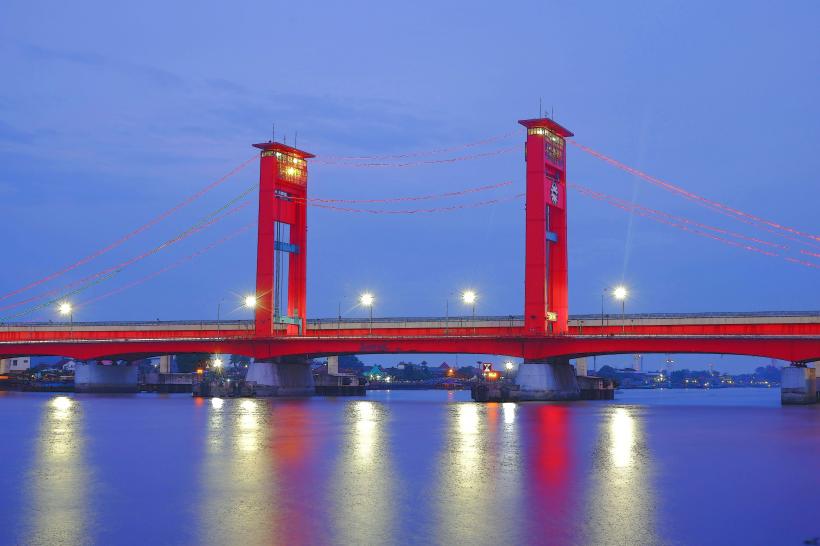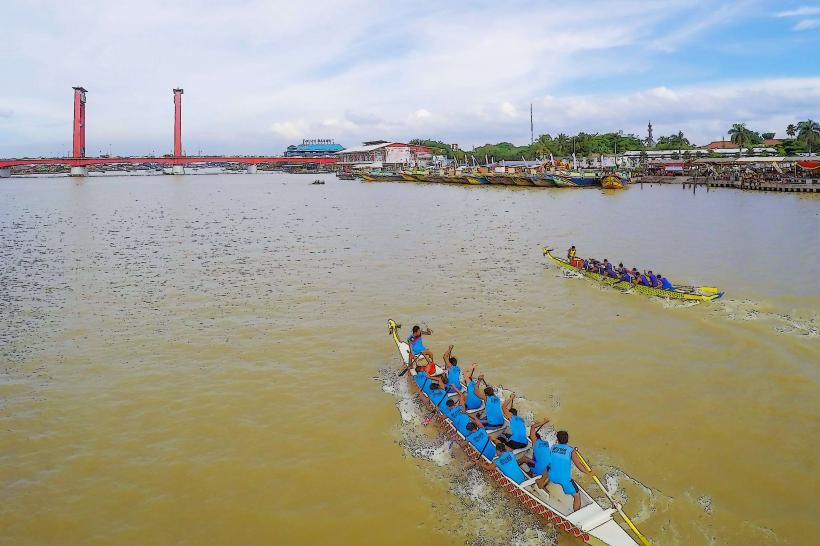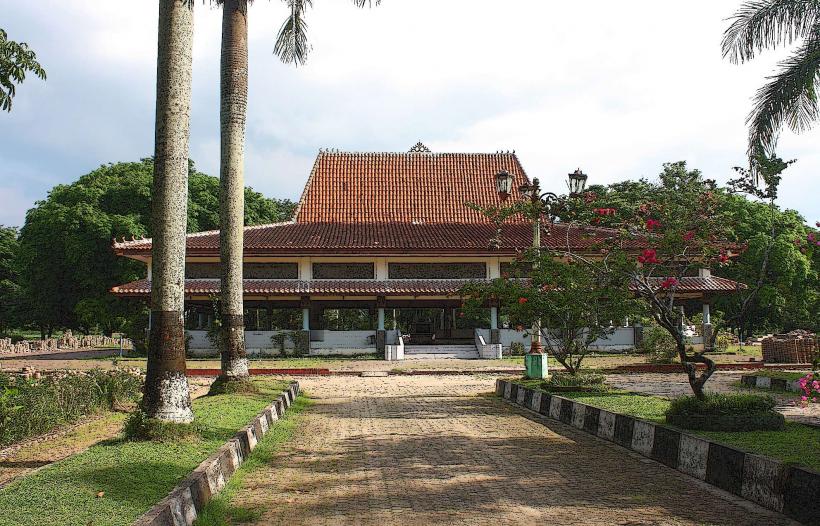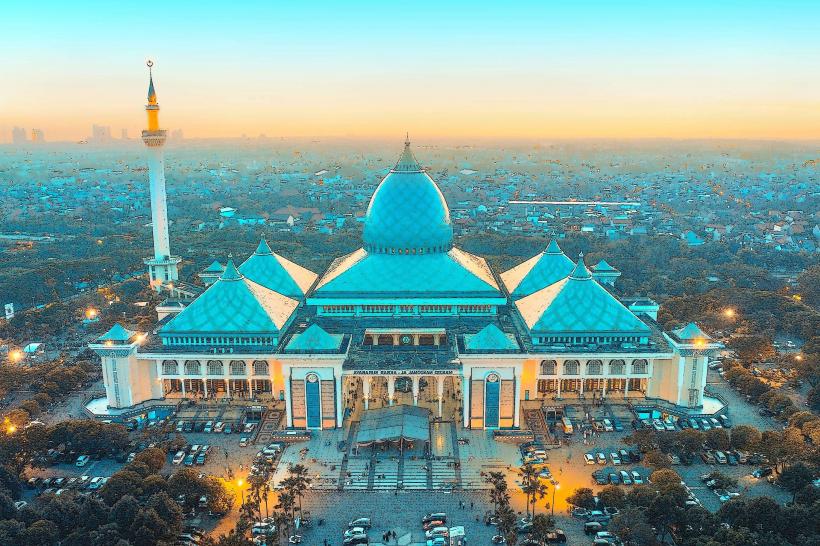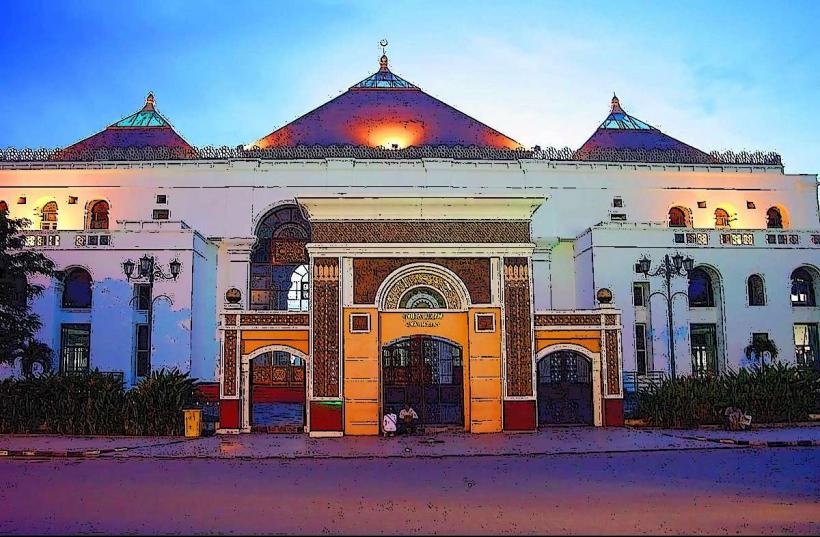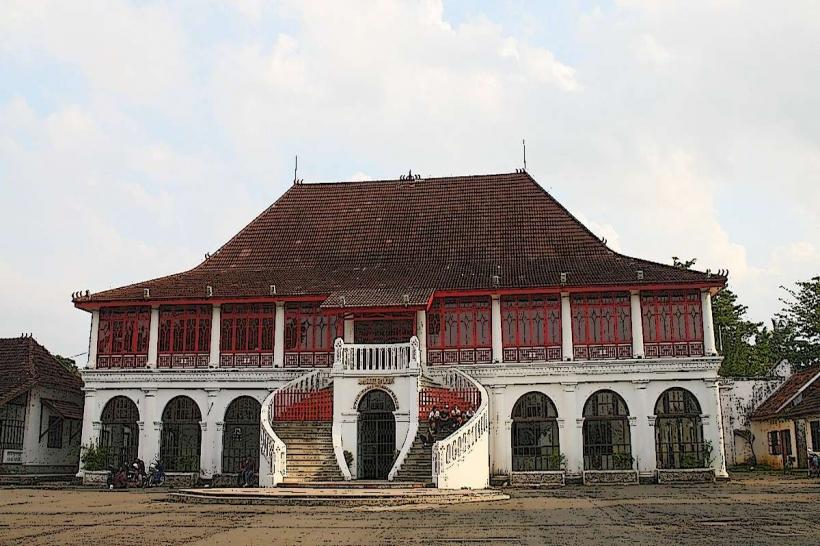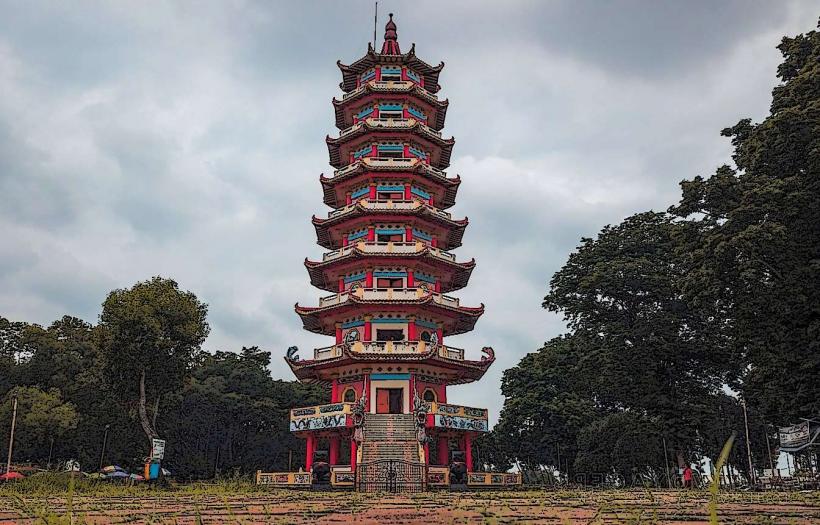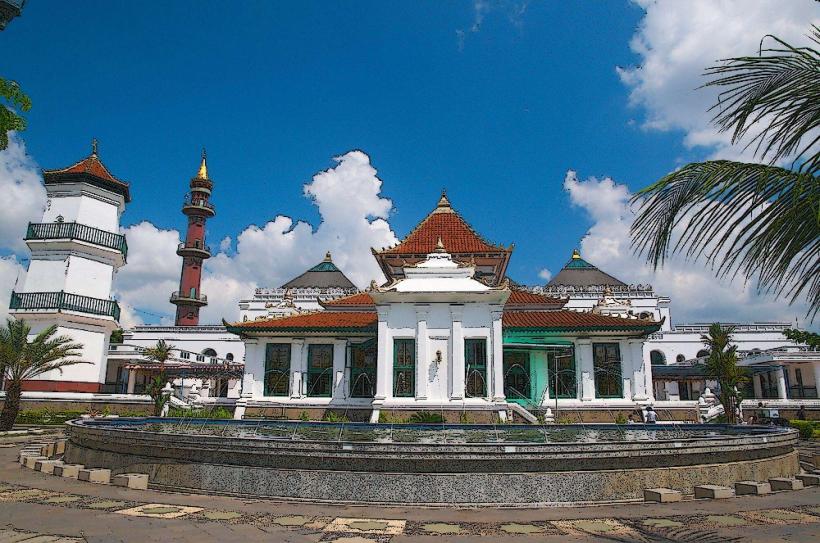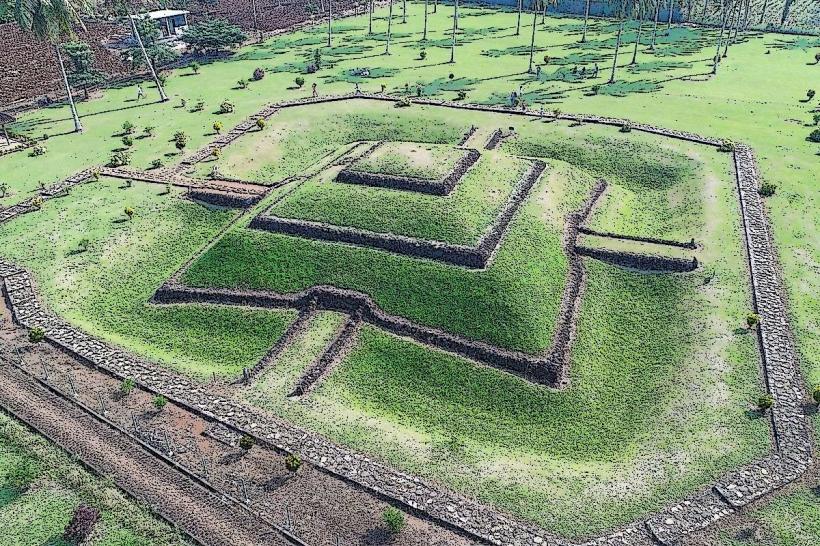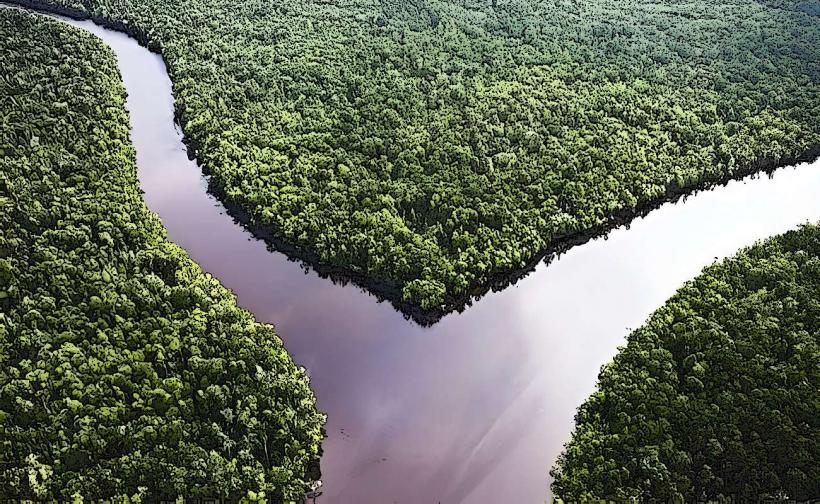Information
City: PalembangCountry: Indonesia
Continent: Asia
Palembang, Indonesia, Asia
Overview
Palembang, the capital of South Sumatra, ranks among Indonesia’s oldest cities, where the scent of river spices drifts through streets steeped in history, culture, and tradition, besides once the heart of the ancient Srivijaya Kingdom, Palembang now bustles as Sumatra’s economic, cultural, and culinary hub, where the scent of spicy pempek drifts through its busy streets, slightly Let’s take a closer scan at Palembang, a city stretched along the wide, leisurely-moving Musi River, which cuts it neatly into two distinct sides: Seberang Ulu and Seberang Ilir, as well as in southern Sumatra, Palembang sits within easy reach of the Bangka Strait, spreading over about 400 square kilometers (154 square miles).The air stays warm year-round, from 24°C to 32°C (75°F to 90°F), and the tropical rainforest climate often carries the scent of rain on the breeze, to boot from October to April, the wet season soaks the city, while muggy air lingers all year.Long ago, Palembang served as the capital of the mighty Srivijaya Kingdom, a seafaring empire from the 7th to 13th century that commanded Southeast Asia’s busy trade routes, what’s more once a thriving center for Buddhist scholarship and bustling trade, drawing merchants and monks from India, China, and the Middle East, Palembang shifted after Srivijaya’s fall to the rule of the Majapahit Empire and later Islamic sultanates; by the 17th century, it was part of the Dutch East Indies, its riverside docks busy with ships carrying spices and plantation goods, and today it stands as a vibrant city proud of its historic landmarks, layered cultural heritage, and economic vitality, where Malay Palembang traditions mingle with Javanese, Chinese, and Arab influences, locals speak both Palembang Malay and Indonesian, women weave shimmering songket for weddings and festivals, Islamic architecture graces its skylines, and visitors gather at the Ampera Bridge arching over the wide Musi River.At night, it glows with warm, golden light; in the middle of the Musi River sits Kemaro Island, home to a vibrant Chinese temple and lively festivals like Cap Go Meh, while the 18th‑century Great Mosque of Palembang rises nearby, its Chinese, Malay, and European influences woven into every arch; history lingers in the Srivijaya Archaeological Park with its moss‑lined canals and ancient inscriptions, and in the Museum Balaputradeva’s trove of artifacts and glimpses of traditional Palembang life; the Musi River itself pulses through the city, carrying boats past floating markets and stilt houses, out toward Punti Kayu’s pine‑scented air and Bukit Siguntang’s sweeping views; the city’s kitchens serve flavors shaped by Malay heritage and the river’s bounty-chewy pempek with tangy cuko, fragrant tekwan soup, rich celimpungan, crisp kemplang, and durian treats from candy to fermented tempoyak; powering it all is a diverse economy in oil and gas, plantations, trade, and tourism, supported by universities like Sriwijaya and UIN Raden Fatah; the airport, river port, buses, ride‑hailing apps, and its rare Indonesian LRT keep people moving, even as Palembang wrestles with traffic, flooding, and waste-still, it remains a city where the past of the Srivijaya Kingdom feels close enough to touch, moreover palembang bursts with life-its streets hum with music and chatter, the Ampera Bridge spans the river in bold red, and plates of savory pempek arrive sizzling from the fryer-blending tradition and modern flair in one unforgettable city.Serving as the doorway to South Sumatra’s lush forests and vibrant traditions, it still holds a key destination in shaping Indonesia’s economy and cultural life.
Author: Tourist Landmarks
Date: 2025-10-29
Landmarks in palembang

